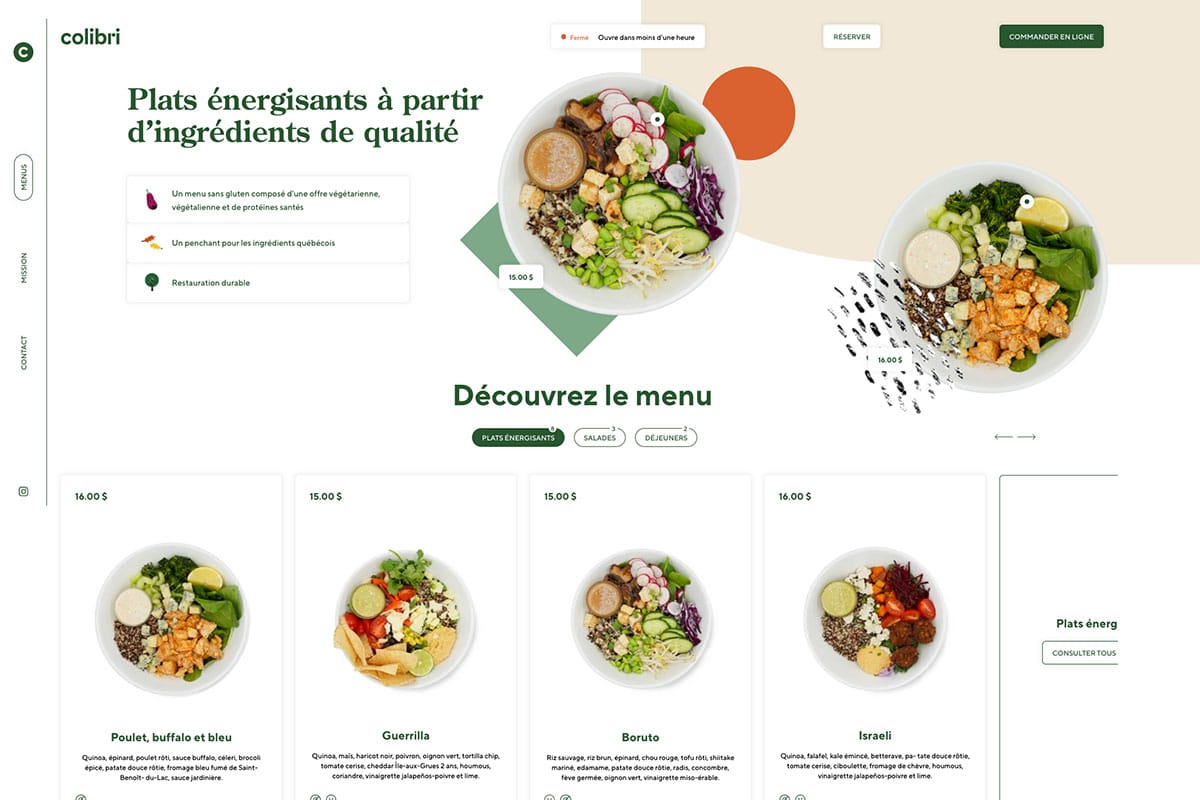The Importance of High-Quality Content for Restaurants
Why Does Content Matter for Restaurants?
How do you write content for a restaurant? Any business, including restaurants, must succeed in the digital age by having a strong web presence. High-quality content creation is one of the best strategies to build a presence online. Well-written material, whether it’s on your restaurant’s website, blog, or social media platforms, may help draw in customers, highlight your special offerings, and eventually increase foot traffic to your location.
Understanding Your Target Audience
Identifying Your Ideal Customer
Understanding your target demographic is crucial before you begin creating content for your restaurant. Consider the customers you want to buy from and their requirements, interests, and preferences. Are you trying to attract families searching for a kid-friendly setting, young professionals looking for a quick lunch choice, or foodies seeking a nice dining experience? By figuring out who your ideal client is, you can better cater your material to their particular preferences and interests. Click here.
Researching Keywords for Search Engine Optimization (SEO)
Relevant keywords must be used in your content if you want to make sure that search engines like Google can find it quickly. To find the terms and expressions that customers would use to look for a restaurant like yours, start by performing keyword research. Put your attention on long-tail keywords that are particular to your offerings and area. For instance, if you own an Italian restaurant in New York City, think about using phrases like “best pasta in Manhattan” or “authentic Italian food in NYC.” Strategically including these keywords into your content can raise the visibility of your website in search engine results.
Crafting Engaging and Persuasive Content
Telling Your Unique Story
Each restaurant has a distinctive backstory, and using that history in your content can help set your business apart from the competitors. Include any amusing anecdotes or personal links to the cuisine you offer in your restaurant’s historical description. Whether it’s the usage of regionally sourced ingredients, a specific cooking method, or a distinctive dish, emphasise what makes your restaurant unique. You may capture your audience and establish a relationship with potential consumers by exhibiting the passion and personality of your restaurant. For diverse restaurant website design see here.
Creating Mouthwatering Descriptions
Make the cuisine come to life through colourful descriptions while crafting content for a restaurant. To describe the tastes, textures, and fragrances of your food, use sensory language. Describe your steak as a flawlessly grilled, juicy ribeye steak that has been cooked to perfection, served with a rich red wine reduction and a side of creamy mashed potatoes, rather than just saying that it is good. Engaging writing can arouse appetites and persuade customers to dine at your establishment and sample the flavours for themselves.
Highlighting Customer Testimonials and Reviews
In order to get visitors to your business, social proof is a potent strategy. To increase credibility and confidence in your material, including consumer testimonials and reviews. Include glowing testimonials from delighted clients highlighting their go-to menu selections, the exceptional service they experienced, or the welcoming atmosphere of your restaurant. Sharing personal experiences can improve the possibility that prospective customers will choose your restaurant and give them greater confidence in their decision. How do you write content for a restaurant?
Optimizing Content for Local Search
Adding Location-Based Information
In order to increase the visibility of your business in local search results, be sure that your content contains location-based information. On your website, list the whole address, phone number, and business hours of your restaurant. Create specific location pages or blog entries that emphasise the nearby landmarks, events, and attractions as well. This makes your restaurant a popular choice for locals and visitors looking for a dining experience nearby.

Utilizing Structured Data Markup
A coding method called structured data markup, commonly referred to as schema markup, aids search engines in comprehending the content and context of your web pages. You can add more details about your restaurant’s operations to the website by using structured data markup, such as menu items, costs, client feedback, and even future events. This information not only improves how your website appears in search results, but it also makes it easier for search engines to index and rank your content.
Creating Locally-Focused Blog Posts
A great approach to interact with your audience and raise your restaurant’s search engine visibility is through blogging. Think of writing blog entries with a local flavour, such “Top 10 Places to Visit Near [Your Restaurant’s Location]” or “A Guide to Exploring [Your City’s] Food Scene.” By including pertinent keywords and facts about the neighbourhood, you can use these blog articles to draw visitors who are eager to learn more about the neighbourhood while showing your restaurant’s knowledge and ties to the local community.
Promoting Your Content Effectively
Sharing on Social Media Platforms
Social media networks offer a great chance to advertise your restaurant’s content and interact with customers. Make eye-catching social media postings to promote your most recent blog pieces, menu specials, or future events. Encourage your fans to share and leave comments on your postings, and be sure to do it quickly. Utilising social media effectively will enable you to reach a wider audience, draw in more clients, and build a devoted online following for your business.
Collaborating with Influencers and Local Businesses
The exposure and authority of your material can be considerably increased by collaborating with influencers and neighbourhood businesses. Find local influencers or food bloggers who have the same ideals as your restaurant and the same demographic. Encourage them to sample your cuisine so they can tell their followers about it. To generate joint promotions or featured content, you can also work with complimentary nearby businesses like wineries, breweries, or dessert stores. These partnerships not only broaden your audience but also improve the standing of your business in the neighbourhood.
Engaging with Online Reviews and Feedback
The perception that people have of your restaurant is significantly influenced by online reviews and comments. Keep an eye on review sites like Google My Business, Yelp, and TripAdvisor frequently, and reply to both positive and negative comments right away. Thank them for their positive remarks and address any unfavourable comments with empathy and a resolve to do better. You may show that you value your customers’ opinions and are committed to offering a top-notch eating experience by actively participating in internet reviews.

Conclusion
For your restaurant, creating engaging content is crucial to developing a strong online presence and drawing in consumers. You can highlight your restaurant’s distinctive products and forge connections with potential customers by comprehending your target demographic, using SEO methods, and developing interesting, locally-focused content. Don’t forget to localise your content, properly advertise it through partnerships and social media, and interact with online reviews. With these tactics in place, your restaurant may succeed both online and off by standing out in a crowded digital landscape. How do you write content for a restaurant?





